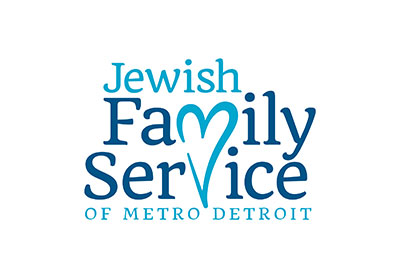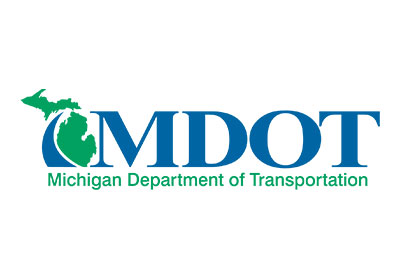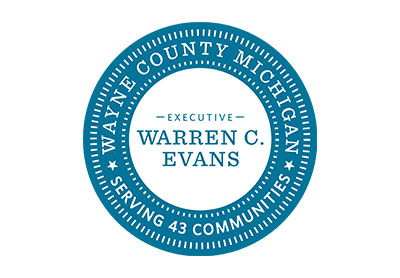
Bank customers of all ages want financial tech and branches, too. This according to the ForeSee Experience Index (FXI): 2017 Banking Report (and the construction of new branches everywhere).
To discover how customers bank today, the ForeSee followed 4,000 consumers along the journey to a new account. While most (61 percent) began the process digitally—desktop and mobile—nearly as many (58 percent) ended up in a branch. Not surprisingly, older consumers skew more brick and mortar while Millennials and Gen We tend to prefer digital experiences.
The report also indicates that Gen We bank customers are not as loyal as their elders. More than a quarter of young consumers said they would change banks if it were easier. In fact, one-fifth said they had changed banks at least once already. Other key findings:
- Overall, 53 percent of consumers said they want more financial tech services from their primary banking institution (national bank, regional bank or credit union).
- Younger consumers are the most interested in financial tech—76 percent of Gen We and 70 percent of Millennials. Still, nearly half of consumers want access to branch locations.
- 21 percent of consumers feel stuck with their institution. They don’t leave because they’re entangled in e-payment relationships.
- Just 38 percent would definitely consider their primary institution when looking for new services.
Credit unions fared better than national banks and regional banks across channels—desktop, mobile, app, contact center and chat—but by slim margins. There’s room for improvement across the consumer journey, across the industry. Begin with the end in mind.
Better customer satisfaction starts with better measurement and accountability.
Foresee includes great ideas in its report to improve the customer experience in branch, online and over the phone. Among them are metrics, champions and metrics (again). These tactics must be grounded in an overall, system-wide shared commitment to service excellence. This commitment should be apparent in the strategic and operational plans and included in employee evaluations and benefits.
When developing metrics, start big and refine as needed. Your consumer journey involves many channels, but it’s not terribly complicated. Start with the assorted touchpoints—web, mobile, app, call center, etc.—and flesh out the various ways that your consumers connect and traverse across these touchpoints. Think like your customer along the way, noting the pain points that matter most (site speed and downtime, teller lines, follow through, etc.).
Identify champions for each primary channel, encouraging them to lean on primary and secondary research for guidance. Reaching out to vendors and peers is also helpful. For example, if an agency manages your website, ask them for suggestions to measure success. Building omnichannel excellence takes a village.
Set a benchmark and track performance regularly, sharing successes and learning from challenges. Consider incentives to motivate stellar front-line performance. An online shoe company invites shoppers to rate their experience with sales reps and rewards excellent reviews with coffee, lunch or product. What’s more, the customer gets to choose the reward. Meanwhile, the company has real-time data to act upon to ensure customer satisfaction.
Want more marketing insights about the financial services market? Subscribe to our free, quarterly Marketing Statement.























